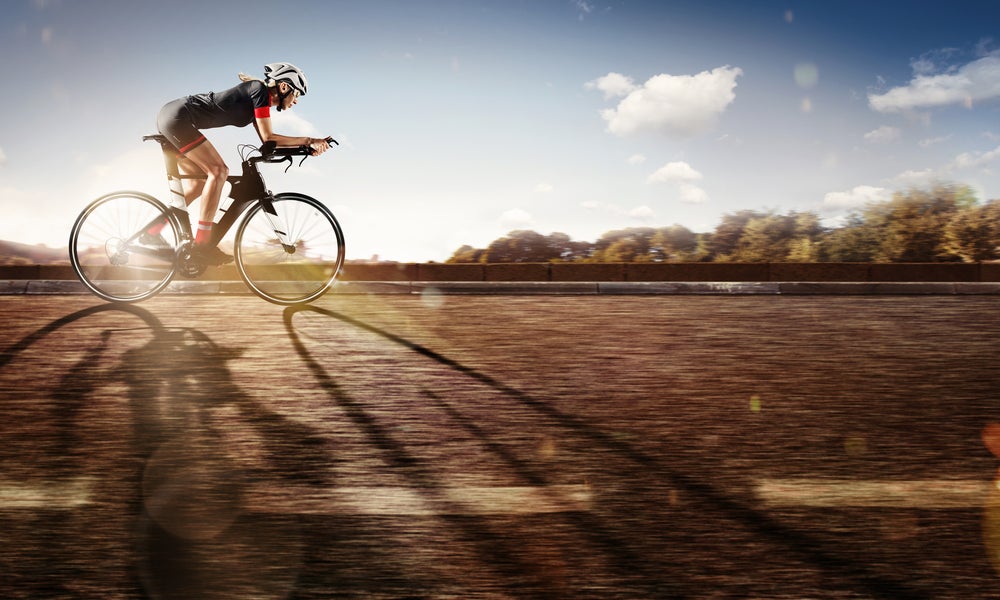A Power Meter Is Not Magic—Here's How to Use It

Photo: Shutterstock.com
Dear coach: What are the three most important things triathletes should understand about training and racing with a power meter?
A power meter is not magic. Simply having one on your handlebars and looking at it occasionally will not improve fitness or performance. It takes a lot of study to understand how to use it effectively. Then the rider must be willing to spend at least a few minutes weekly analyzing the data to see how training and fitness are progressing. I have a new book that explains power analysis in a simple and straightforward way—The Power Meter Handbook. Another excellent, more in-depth discussion may be found in Hunter Allen and Andy Coggan’s Training and Racing with a Power Meter.
A power meter will help you easily manage the single greatest challenge in a triathlon—pacing on the bike. Triathletes typically start the bike leg too fast, fade later, and then have a poor run—which sometimes turns into a walk. This problem is not due to poor run fitness as most come to believe, but rather due to poor pacing on the bike. Once you know how to use a power meter, racing simply becomes a matter of staying in the intensity range called for by the duration of the race. The faster one is, the higher in the range he or she will race.
- For the sprint distance, that’s about 95–100 percent of functional threshold power.
- For the Olympic distance it will fall someplace in the range of 85–95 percent.
- Half-Ironman is 75–85 percent.
- Ironman is typically 65–75 percent.
The single most important power number is one’s FTP. That’s the highest average power that can be maintained for one hour in an all-out, race-like ride. Once you know this number, all of your power training zones can be established. (Learn more about finding your FTP here.)
[velopress cta=”Shop now” align=”center” title=”Buy the Book”]